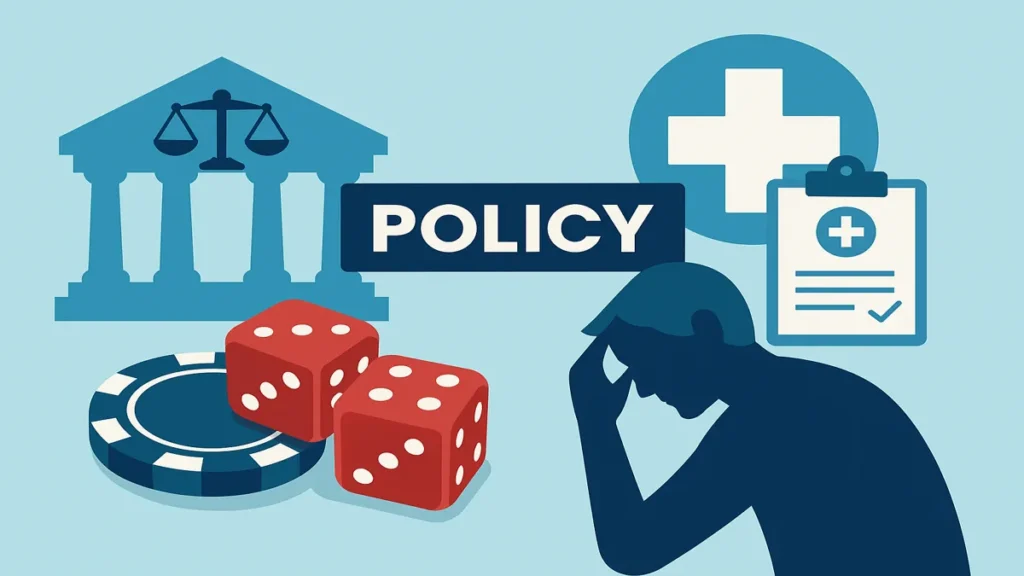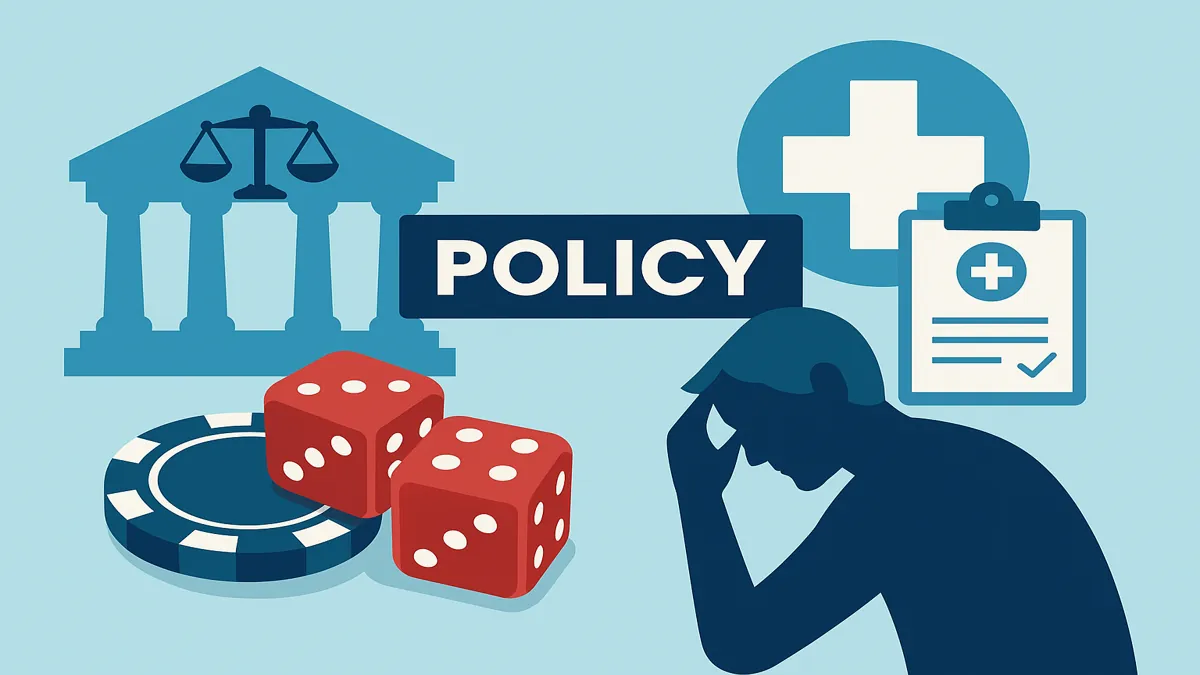The rise of gambling as a mainstream entertainment activity has been paralleled by growing concerns about its negative consequences, especially gambling addiction. Over the decades, governments and welfare institutions have implemented various policies to manage and mitigate the social impact of problem gambling. This article explores the historical evolution of responses to gambling-related harm through public health, legislative, and social welfare frameworks.

Early Recognition of Gambling Addiction as a Social Ill
19th to Early 20th Century
In the early industrial era, gambling was often seen as a moral vice rather than a public health issue. Religious institutions and reformists led anti-gambling campaigns, but there was little government intervention aimed at addiction treatment.
Mid-20th Century Shifts
By the 1950s and 60s, the medical community began to recognize pathological gambling as a behavioral disorder. However, welfare systems were slow to adapt, offering minimal resources or institutional support.
Government Policy and Public Health Response
United States
In 1980, the American Psychiatric Association officially classified pathological gambling as a mental health disorder. This led to the formation of treatment programs and public awareness campaigns funded by both government and private sectors.
United Kingdom
The UK introduced a regulatory framework in the 2000s through the Gambling Act of 2005, which included funding mechanisms for addiction treatment through a levy on gambling companies. The National Gambling Helpline and the NHS Gambling Clinics are modern responses to growing addiction rates.
Australia and Canada
These countries implemented public awareness and harm reduction models early, integrating gambling-related disorders into broader mental health strategies. Australia’s mandatory warning signs and self-exclusion programs are widely cited as effective measures.
The Role of Welfare Institutions
Community-Based Approaches
Non-profit organizations, such as Gamblers Anonymous and local counseling services, have played a key role in filling institutional gaps. Peer-led support groups emerged as an accessible, low-cost intervention model.
Integration with Social Services
Many countries have moved toward integrating gambling addiction treatment with existing welfare programs such as unemployment assistance, housing support, and mental health services, recognizing the multi-dimensional nature of addiction.
Evolving Responsibility
The historical response to problem gambling has evolved from moral condemnation to structured public health and welfare policy. Countries that treat gambling-related disorders as a socio-economic issue — not just a personal failing — are better positioned to address them effectively. Future welfare strategies must continue to blend regulation, support systems, and prevention to mitigate harm.
